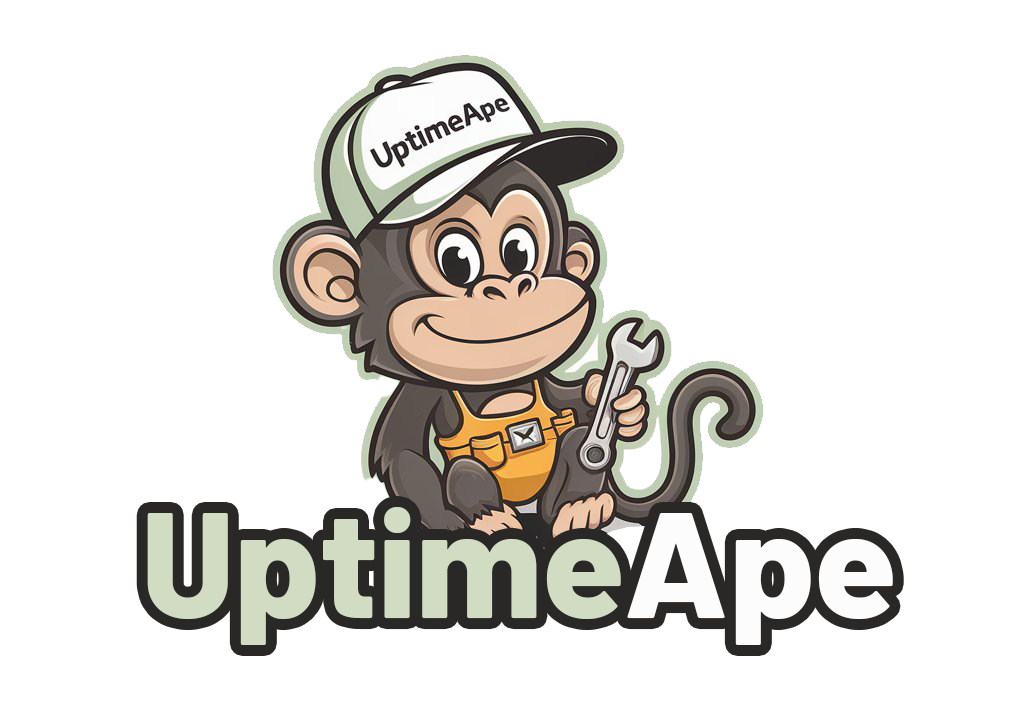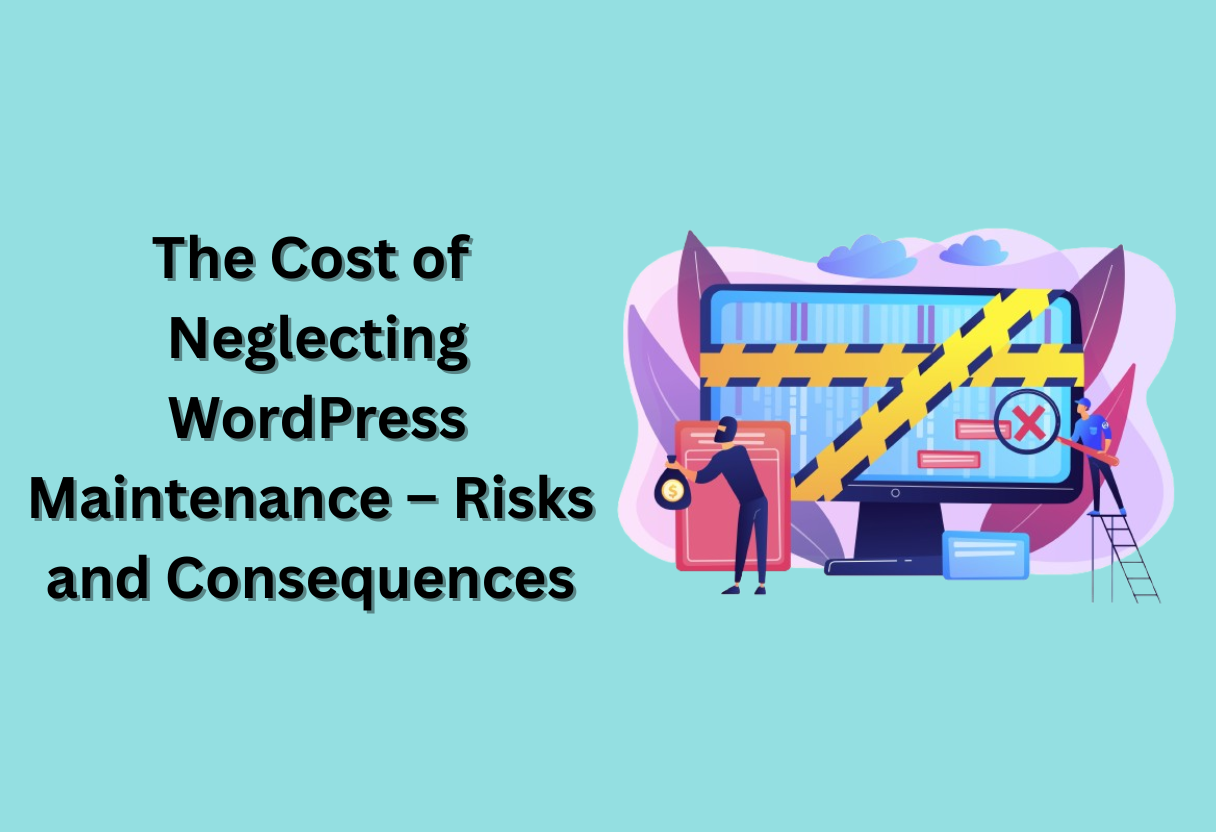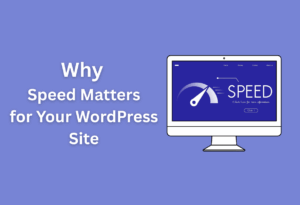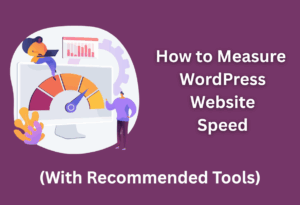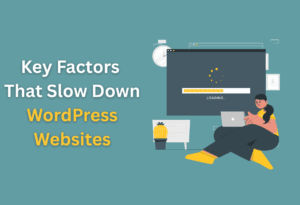Maintenance plays a vital role in ensuring your WordPress site runs smoothly and securely. When you neglect this crucial process, you expose yourself to various risks that can compromise your website’s performance, security, and user experience.
From outdated plugins and themes to potential cybersecurity threats, the consequences of ignoring WordPress maintenance can lead to significant costs, both financially and in terms of your site’s reputation. Understanding these risks will empower you to take proactive steps to protect your online presence and maintain a high-performing site.
Understanding WordPress Maintenance
While many website owners overlook the importance of maintenance, understanding WordPress maintenance can significantly enhance your site’s performance and security.
Definition of WordPress Maintenance
Below, WordPress maintenance refers to the ongoing tasks required to keep your site updated, secure, and functioning optimally. This includes regular updates, backups, and performance checks that ensure your website runs smoothly and efficiently.
Importance of Regular Updates
Between failing to implement regular updates, you expose your website to threats that outdated plugins and themes can introduce. By keeping your WordPress version, plugins, and themes updated, you significantly reduce vulnerabilities and enhance your site’s overall performance.
At the core of effective maintenance is the knowledge that updates not only patch potential security flaws but also improve features and functionalities. Each release often includes enhancements that can boost your site’s user experience and speed, which are imperative factors in retaining visitors and improving rankings.
Backups and Their Role
Among the most important elements of maintenance are backups. Having a reliable backup system in place ensures that you can recover your site quickly in the event of data loss, hacking, or other unexpected issues.
To fully protect your investment and effort, regular backups allow you to restore your website to a previous working state, preventing you from losing valuable content and functionality. Setting up automated backups saves time and gives you peace of mind, knowing that your data is safe and recoverable whenever needed.
Common Risks of Neglecting Maintenance
Now that you understand the importance of WordPress maintenance, it’s vital to recognize the common risks associated with neglecting this critical task. Ensuring all aspects of your website run smoothly helps prevent various issues that could lead to losses and setbacks for your online presence.
Security Vulnerabilities
Across the digital landscape, WordPress sites are frequently targeted by hackers due to outdated themes, plugins, or core software. Without regular updates and security measures in place, you expose your site to potential breaches, leading to data loss, defacement, or unauthorized access to sensitive information.
Performance Issues
Maintenance plays a significant role in determining how well your WordPress site performs. Over time, as content accumulates and plugins interact, your website can become sluggish, affecting user experience and search engine rankings.
Risks stemming from neglected performance issues can result in higher bounce rates and decreased user engagement. If visitors find your site slow or unresponsive, they are less likely to stay or return, ultimately impacting your bottom line. Regular maintenance, such as optimizing databases and image sizes, ensures that your site runs efficiently and delivers the best experience for your visitors.
Compatibility Problems
Before you know it, your website’s components can become incompatible with each other. If you let maintenance slip, you run the risk of using outdated themes or plugins that no longer work well with the latest version of WordPress.
Consequently, this can lead to visual glitches, broken functionality, or even website crashes. Staying on top of updates ensures that all elements of your site operate harmoniously, allowing you to provide a seamless experience for your users. Keeping everything aligned helps maintain your site’s overall integrity and performance.
Consequences of Poor Maintenance
All aspects of your WordPress site require attention, and neglecting maintenance can lead to serious issues that jeopardize your website’s performance and security.
Data Loss and Corruption
Below the surface, poor maintenance can lead to data loss and corruption. If backups are not performed regularly, you risk losing vital content, user data, and important settings, which can be devastating for your site’s integrity and recovery.
Increased Downtime
The longer you delay maintenance, the more you expose your site to potential failures and crashes, which can result in increased downtime. This not only frustrates your users but can also negatively impact your website’s search engine rankings.
A website that frequently experiences downtime can suffer from diminished traffic and user trust. Each minute your site is offline means lost opportunities, potential revenue, and a growing list of dissatisfied visitors who may never return.
Negative User Experience
Poor maintenance directly translates into a negative user experience. A slow-loading site or frequent errors deters users from engaging with your content, leading to high bounce rates and decreased customer retention.
Considering that first impressions matter, a poorly maintained site can tarnish your credibility. Users expect seamless navigation and quick load times; if these expectations are not met, your audience may quickly turn to competitors, unknowingly putting your business at risk.
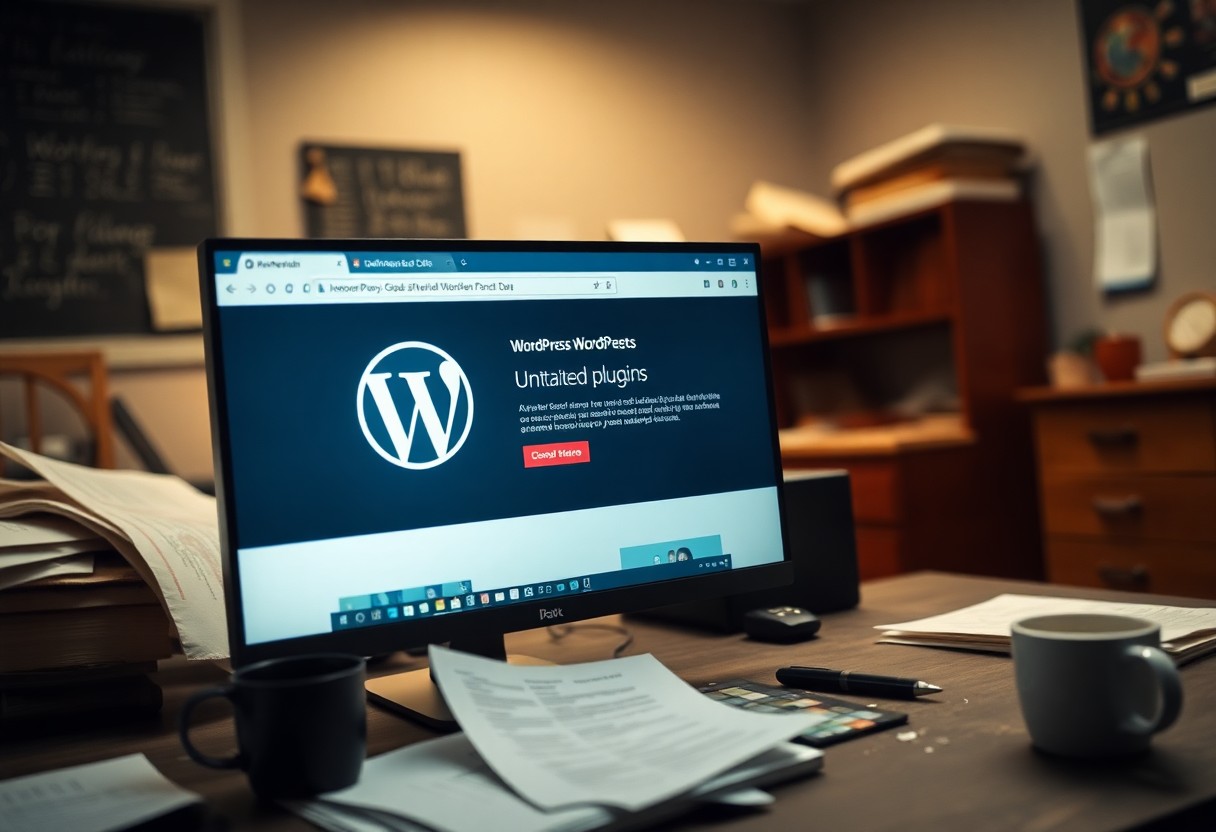
Financial Implications
Your WordPress website’s maintenance, or lack thereof, can have significant financial implications. From unexpected costs associated with repairs to lost revenue, the effects of neglecting your site are often immediate and severe.
Cost of Fixing Issues Post-Neglect
Between the time you notice a problem and when you resolve it, the costs can escalate quickly. An unmaintained site may face issues ranging from plugin conflicts to security breaches, resulting in expensive repairs that could have been avoided with regular updates and monitoring.
Loss of Revenue Due to Downtime
Below a poorly functioning website can lead to significant downtime, during which your potential customers cannot access your services. This lost access inevitably translates to lost sales, which can severely impact your bottom line.
Financial losses from downtime do not merely reflect the immediate sales you miss out on; they can also harm your brand reputation and customer loyalty. When users encounter a malfunctioning site, they are less likely to return, potentially leading to decreased long-term revenue and an uphill battle to recapture lost trust.
Potential Legal Costs
Cost issues can escalate rapidly if your site’s maintenance slips, leading to potential legal liabilities. If a security breach occurs that compromises customer data, you may find yourself facing lawsuits and hefty fines.
This legal exposure can amplify the financial fallout of neglecting WordPress maintenance. Aside from direct legal fees, you might incur costs related to enforcing compliance measures and compensating affected customers, all of which can add up to a significant impact on your finances.
Long-term Effects on Brand Reputation
For any business, maintaining a strong brand reputation is important. When you neglect WordPress maintenance, the long-term effects can weaken your brand’s credibility and trust among your users. A slow or broken site, frequent security issues, and outdated content can create a perception of unreliability, pushing potential customers away and damaging the relationship with existing ones.
User Trust and Credibility
At the heart of any successful brand is user trust. If your website becomes unreliable due to maintenance neglect, users may question your professionalism and commitment to quality. This erodes the credibility you’ve worked hard to build.
Impact on SEO Rankings
After you overlook WordPress maintenance, your site may suffer from technical issues that adversely affect your SEO performance. Search engines favor websites that are secure, fast, and regularly updated, so any neglect can lead to a drop in rankings and visibility.
Long-term, this decline in SEO rankings means you might miss out on organic traffic, potential conversions, and important visibility in your industry. As competitors remain diligent with their website upkeep, your brand may fall behind, making it harder to attract new visitors and retain existing ones. Investing in regular maintenance can help mitigate these risks and keep your SEO strategy on track.
Social Media Backlash
Long-term neglect can result in social media backlash for your brand. Users are quick to voice their dissatisfaction online, and a malfunctioning website or security breach can provoke negative comments and reviews across social platforms.
With increased connectivity, customers are likely to share their experiences, which can amplify any grievances. This negative visibility can tarnish your brand’s image, making it hard for you to recover trust. By prioritizing WordPress maintenance, you can prevent such scenarios and foster a more positive public perception of your brand.
Best Practices for Effective Maintenance
Many website owners overlook the importance of consistent maintenance, which can escalate minor issues into major problems over time. By following best practices, you can ensure that your WordPress site remains secure, efficient, and up-to-date. This chapter will discuss the vital steps you need to take for effective WordPress maintenance.
Regular Updates and Patches
Best practice dictates that you should regularly update your WordPress core, themes, and plugins. Keeping everything up-to-date not only enhances functionality but also protects your site from vulnerabilities. Outdated software can be an easy target for hackers, so make it a priority to check for updates frequently.
Implementing a Reliable Backup Strategy
An effective backup strategy is vital to safeguard your website against data loss. This involves regularly backing up your entire site, including content, databases, and configurations, so you can easily restore your site in case of an emergency.
To implement a reliable backup strategy, consider using automated backup solutions that can create backups on a scheduled basis. Store backups in multiple locations, such as cloud storage or external drives, to ensure that you can access them even in the worst-case scenario.
Regularly test your backups to confirm that they work correctly, providing you with peace of mind and a safety net for your content.
Utilizing Maintenance Plugins
Regular use of maintenance plugins can simplify your upkeep tasks and streamline your workflow. These tools can assist with various aspects of site management, from performance optimization to security monitoring, all in one place.
Even if you are not a technical expert, utilizing maintenance plugins can make your job easier. Many plugins offer user-friendly interfaces and automated features that handle routine tasks for you. By adopting these tools, you save time and minimize the risk of overlooking vital maintenance tasks, ensuring your site runs smoothly and efficiently.
Final Words
From above, it’s clear that neglecting WordPress maintenance can expose you to a range of risks, including security breaches, performance issues, and potential data loss.
The consequences can be costly, both financially and in terms of your site’s reputation. By prioritizing regular updates, backups, and security checks, you can safeguard your investment and ensure your website serves its purpose effectively.
Don’t underestimate the importance of maintenance; taking proactive steps now can save you significant headaches and expenses in the future.
FAQ
Q: What are the common risks associated with neglecting WordPress maintenance?
A: Neglecting WordPress maintenance can lead to a variety of risks, including increased vulnerability to cyber attacks, resulting in data breaches or website hacks. Additionally, outdated plugins and themes may cause incompatibility issues, leading to website downtime or poor performance.
Lastly, ineffective SEO practices due to neglected updates can cause a decline in search engine rankings, ultimately affecting site traffic and visibility.
Q: How does lack of updates affect website performance?
A: When WordPress core, themes, and plugins are not regularly updated, it can lead to slower site performance, as outdated software may contain bugs that slow down loading times.
This not only frustrates users but can also negatively impact search engine optimization (SEO) rankings. Furthermore, performance issues may arise from outdated security protocols, which can put visitor data at risk and damage the overall integrity of the website.
Q: What are the long-term consequences of not maintaining a WordPress site?
A: Over time, neglecting WordPress maintenance can lead to significant long-term consequences such as escalating repair costs and the potential loss of valuable data. A poorly maintained site is more likely to experience extensive downtime, which can deter visitors and lead to lost business opportunities.
Additionally, if a site becomes fully compromised, it may require complete reinstallation or extensive repairs, leading to both financial and reputational damage for the owner.
